
Question to the EC: EU Biodiversity Strategy for 2030: the issue of light pollution
See Francisco Guerreiro’s question to the European Commission and the written answer on the EU Biodiversity Strategy for 2030 and the issue of light pollution.
Subject: EU Biodiversity Strategy for 2030: the issue of light pollution
A strategy to protect and restore biodiversity cannot be complete if it does not contain measures to reduce light pollution that aim to limit its effects on biodiversity loss.
Light pollution is the alteration of natural lighting levels due to artificial light at night. It is increasing rapidly, including outside cities, and there is a pressing need to control and reduce its negative effects. Artificial light at night is a powerful environmental stressor and there is a broad scientific consensus that it poses a threat to biodiversity. Light pollution is specifically known to cause habitat fragmentation, impairing physiology and behaviour in fauna. This also has strong cross-border consequences, given that the effects of light pollution can extend over hundreds of kilometres from the light sources and across Member States’ borders. EU-level legislation is therefore required in order to successfully address the issue.
1. Why has the Commission decided not to include explicit mentions to light pollution, where relevant, in its EU Biodiversity Strategy for 2030?
2. Does the Commission agree that the problem of light pollution and its effects on biodiversity should be addressed as soon as possible at EU level?
Answer in writing
While there are no direct references to light pollution in the Green Deal(1) or in the associated EU Biodiversity Strategy for 2030,(2) the Commission is aware that it can be an issue in relation to biodiversity loss. In this regard the key objective of the strategy — to halt and reverse the loss of biodiversity — and the associated actions and targets, may imply action in relation to light pollution as the strategy is implemented, alongside tackling all key drivers of biodiversity loss.
In addition, in its ongoing work on the Zero Pollution Action Plan,(3) due for publication in 2021, the Commission will consider the possibility to cover light pollution . The Roadmap(4) for the action plan was open for feedback during October 2020 and the Commission is currently reviewing the input. Moreover, an online public consultation was launched(5) on 11 November 2020 and will run until 10 February 2021, which will be an opportunity for stakeholders to provide input on a wide range of topics, including different sources of pollution, for instance light pollution. Light pollution is also listed in the definition of ‘pollutants’ under the Sustainable Finance Regulation.(6)
(1) https://ec.europa.eu/info/strategy/priorities-2019-2024/european-green-deal_en
(2) https://eur-lex.europa.eu/legal-content/EN/TXT/?qid=1590574123338&uri=CELEX:52020DC0380
(3) https://ec.europa.eu/environment/strategy/zero-pollution-action-plan_en
(4) https://ec.europa.eu/info/law/better-regulation/have-your-say/initiatives/12588-EU-Action-Plan-Towards-a-Zero-Pollution-Ambition-for-air-water-and-soil
(5) https://ec.europa.eu/info/law/better-regulation/have-your-say/initiatives/12588-EU-Action-Plan-Towards-a-Zero-Pollution-Ambition-for-air-water-and-soil
(6) Point 10 in Article 2 of Regulation (EU) 2020/852 of the European Parliament and of the Council of 18 June 2020 on the establishment of a framework to facilitate sustainable investment, and amending Regulation (EU) 2019/2088, OJ L 198, 22.6.2020, p. 13‐43.

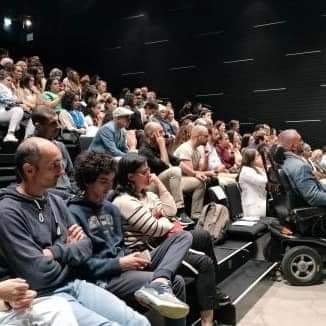
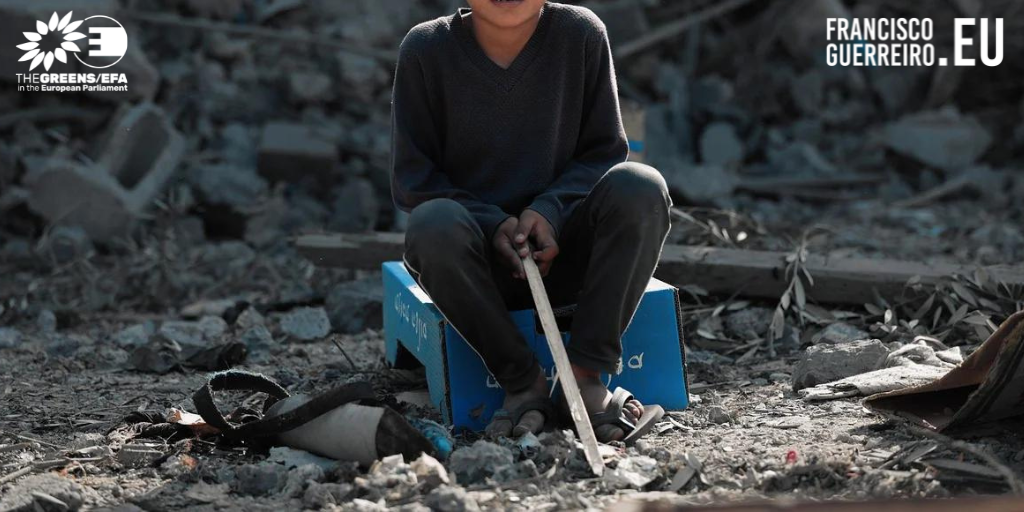
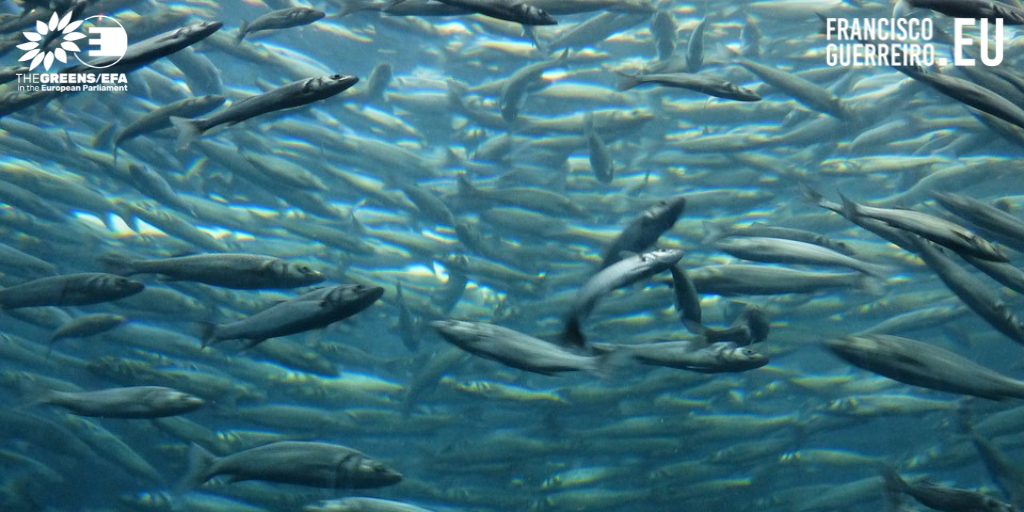

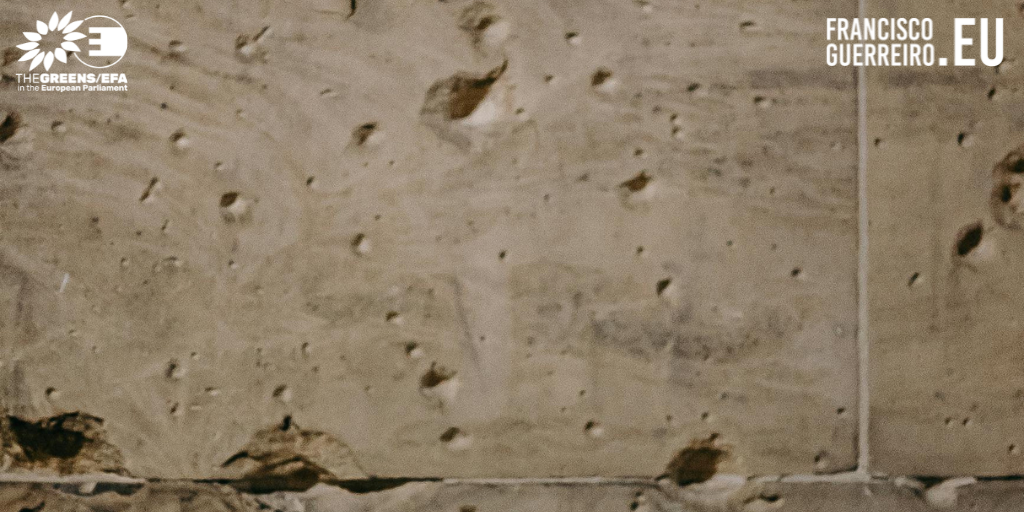
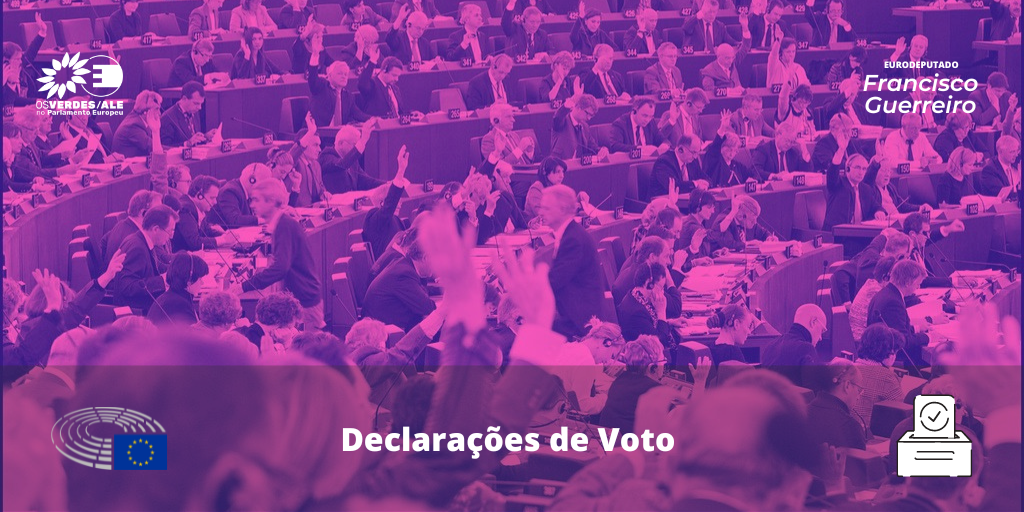
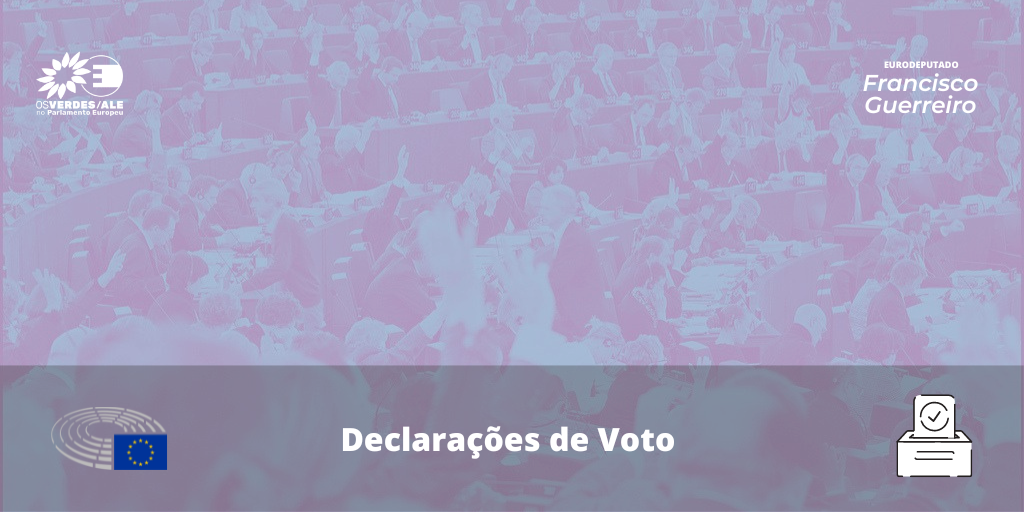

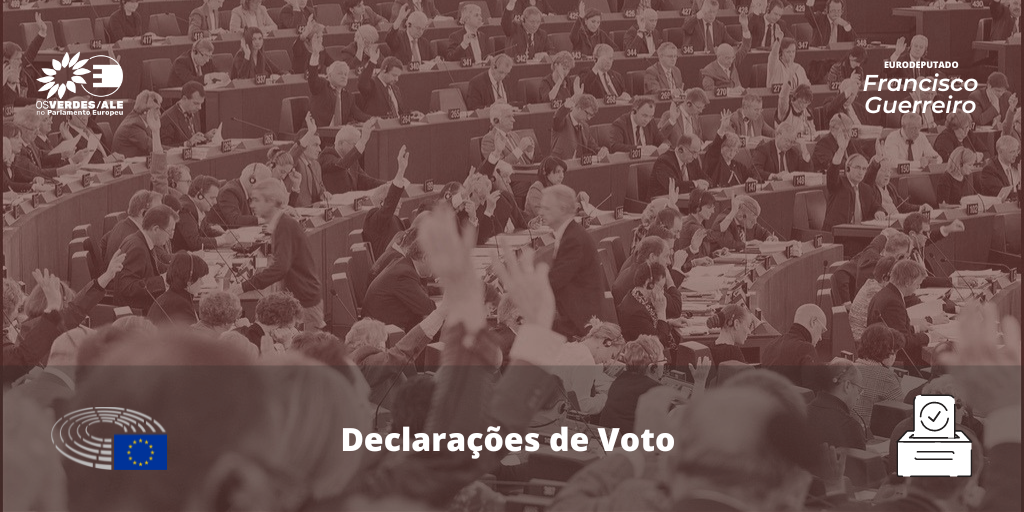
ParlTrack - Francisco Guerreiro considered one of the most productive MEPs
Monday, 01 July 2024
The analytical website ParlTrack has recorded all the parliamentary actions of MEPs during the 2019-2024 term, considering Francisco Guerreiro one of the most productive.READ MORE